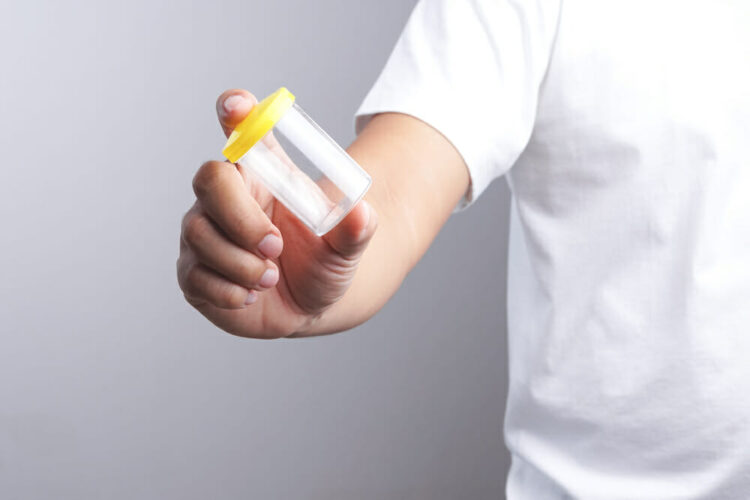Drug testing has become integral to various sectors, including employment, sports, and healthcare, ensuring safety, integrity, and adherence to regulations.
One of the most comprehensive drug-testing methods is the 12-panel drug testing, which screens for many substances. In this guide, let’s explore the details of the 12-panel drug testing, its purpose, the substances it detects, and its significance in different contexts.
Understanding the 12-Panel Drug Testing
The 12 panel drug test is aimed to identify a wide range of commonly abused drugs, including both illegal substances and prescription drugs. It is a comprehensive drug test panel available on DrugTestKitUSA.
- It can provide a high degree of accuracy in identifying drug use.
- If a sample tests positive for any of the 12 drugs included in the panel, it is typically sent for further validation testing to rule out the likelihood of false-positive results.
- The 12 panel drug test covers a broader range of substances compared to standard 5 or 10-panel tests.
The number ’12’ represents the various categories or classes of drugs that this test can detect.
Substances Detected by the 12-Panel Drug Test
- Marijuana (THC): Tetrahydrocannabinol [THC] is a psychoactive compound responsible for the mind-altering effects.
- Cocaine: Cocaine is a powerful mind-altering street drug derived from coca plants. Drug testing can take less than a week depending on the amount of cocaine used.
- Amphetamines: Aamphetamine and methamphetamine are central nervous system stimulants. They are often prescribed for ADHD.
- Opiates: Opiates like heroin, morphine, and codeine are heady pain-relieving drugs extracted from the opium poppy.
- Methadone: A man-made opioid prescribed to treat opioid addiction.
- Benzodiazepines: This class includes sedating medications such as Xanax and Valium.
- Barbiturates: These are central nervous system depressants, and their presence in a drug test means misuse.
- PCP (Phencyclidine): PCP is a hallucinogenic drug inducing dissociative effects.
- MDMA (Ecstasy): A synthetic drug with intoxicating and empathogenic properties.
- Oxycodone: An opioid painkiller frequently prescribed for pain management with high possibilities of addiction.
- Propoxyphene: An opioid for pain relief, now banned in many countries due to safety concerns.
- Methaqualone: A sedative-hypnotic drug with a history of recreational use.
Significance in Different Contexts
- Employment: Many employers use 12-panel drug testing program to maintain a safe and productive work environment. In safety-sensitive industries such as transportation, construction, and healthcare, regular testing helps ensure that employees are not under the influence of substances that could impair their judgment or performance.
- Sports and Athletics: Sporting organizations often employ 12-panel drug testing process to deter athletes from using performance-enhancing or illicit substances. These tests help maintain fair competition and uphold the integrity of sports.
- Substance Abuse Treatment: Rehabilitation centers use these tests to monitor patients in recovery. Regular testing can confirm abstinence and support the patient’s journey toward sobriety.
- Criminal Justice System: In legal contexts, including probation and parole, 12-panel drug tests can be mandated to ensure compliance with court orders and identify substance abuse issues that may require intervention.
Conclusion
The 12-panel drug testing kit is a powerful tool for detecting various substances in various contexts. Its comprehensiveness allows it to address the evolving drug use and abuse landscape.
Whether used in employment, sports, healthcare, or the criminal justice system, the 12-panel drug testing is pivotal in promoting safety, fairness, and accountability. As drug testing technology advances, these tests will remain essential in maintaining the well-being and integrity of the society.

